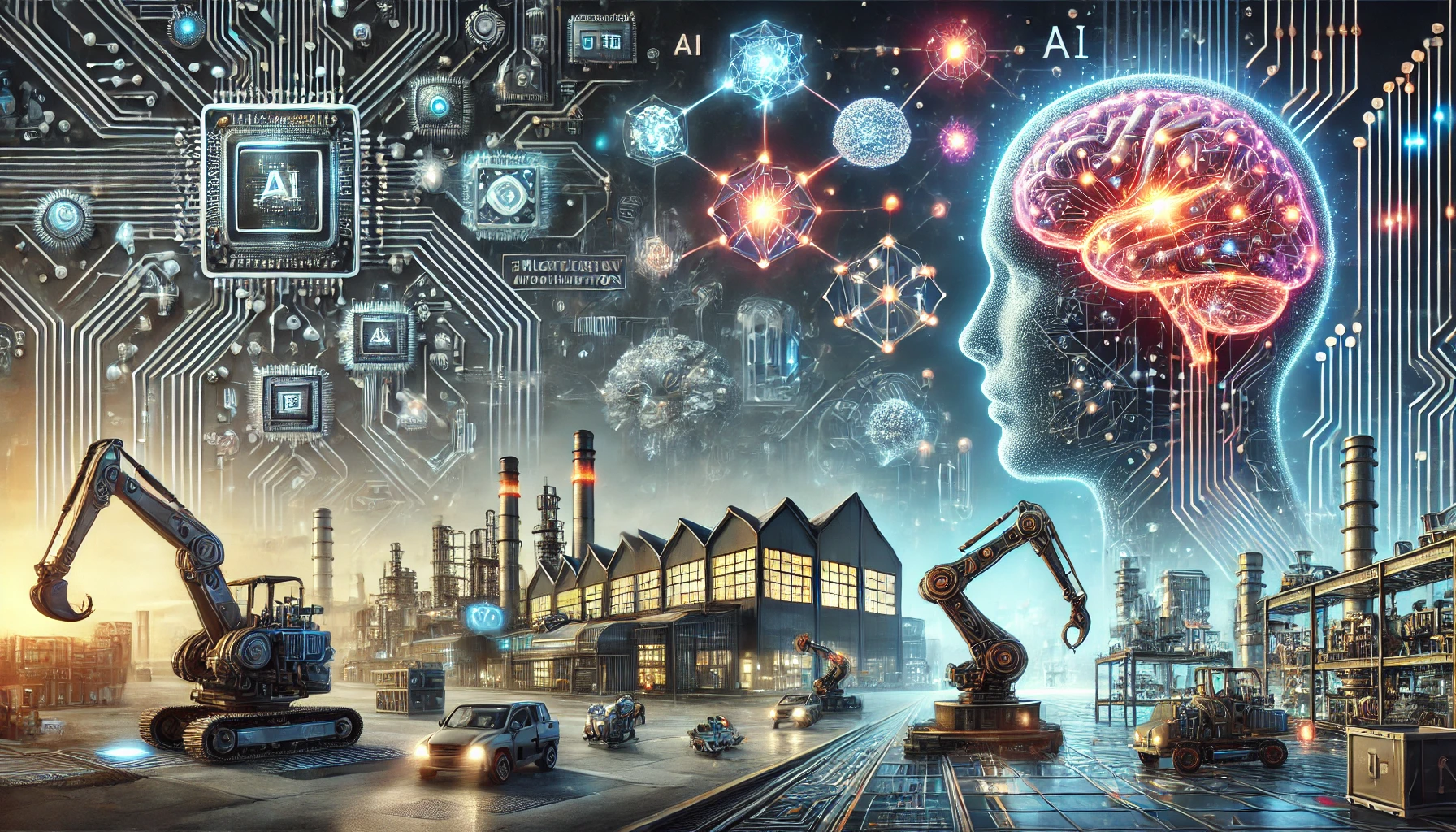Intellectualization, not digitalization, is the future of strategic industry integration
The authors argue that China must shift from digital to intellectual integration strategies to avoid falling into what they term a “digital trap.” This involves moving beyond infrastructure investments to develop intelligent platforms capable of real-time data analysis, adaptive control, and cross-sector collaboration.

- Country:
- China
A new peer-reviewed study published in SAGE Open proposes a paradigm shift in China’s approach to technological integration. Titled “Informatization, Digitalization, and Intellectualization: Which Integration Mode Will Determine the Development of Strategic Emerging Industries?”, it argues that while the country has made strides in digital policy, its failure to clearly differentiate between informatization, digitalization, and intellectualization risks undermining industrial advancement and policy execution.
The authors stress that policy documents such as “Made in China 2025” have blurred critical distinctions by often using digitalization as a catch-all term. This ambiguity, they argue, leads to cognitive misunderstandings and inefficient implementation of integration strategies across sectors. In contrast, Western countries have explicitly embraced intellectualization, defined as the integration of artificial intelligence into industry, as a higher-order phase of technological evolution.
The study outlines how informatization (focused on information sharing and infrastructure), digitalization (data-driven integration and process optimization), and intellectualization (AI-enabled, self-evolving systems) represent a progressive, iterative relationship. Each phase builds upon its predecessor, but only intellectualization delivers the kind of systemic transformation needed to keep pace with the global industrial shift.
What makes intellectualization the superior integration model?
To evaluate the potential of each integration mode, the authors compare them across three key dimensions: technology paradigms, system architecture, and integration capabilities.
In technical terms, intellectualization involves a broader and more interdisciplinary technology community, integrating automation, biomedicine, language ethics, and advanced AI. Unlike informatization, which relies on network infrastructure like 5G and IoT, or digitalization, which adds big data and cloud computing, intellectualization incorporates digital twins and adaptive intelligence systems. These allow for the simulation of human cognition, extending decision-making beyond automation to strategic foresight and self-directed improvement.
System architecture comparisons further support intellectualization’s superiority. Informatization enables basic human–information system interaction and digitalization moves this to human–cloud collaboration. Intellectualization advances this to human-AI interaction, featuring multimodal communication through voice, gesture, and sensory inputs. Its architecture includes virtual, service, technology, and user interface layers, delivering a flexible, user-centered ecosystem that scales across industries and consumer domains alike.
On the integration capability front, intellectualization far surpasses the other models. Where informatization struggles with fragmented data silos and weak system integration, and digitalization achieves moderate synergy and operational alignment, intellectualization enables seamless integration, innovative co-evolution, and autonomous system learning. Its embedded AI capabilities allow systems to perceive environmental changes, self-adapt, and optimize industrial operations without constant human oversight.
How should policymakers and industry leaders respond?
The authors argue that China must shift from digital to intellectual integration strategies to avoid falling into what they term a “digital trap.” This involves moving beyond infrastructure investments to develop intelligent platforms capable of real-time data analysis, adaptive control, and cross-sector collaboration.
For managers, this means reorganizing corporate structures to enable platform-based, agile innovation units, granting autonomy to technical teams, and leveraging big data to forge tighter, ecosystem-level partnerships. It also calls for investment in AI-focused R&D, the development of intelligent products and services, and the cultivation of multidisciplinary talent.
Policymakers, on the other hand, are urged to implement clear, top-level planning for intellectual integration. This includes incentivizing AI application in strategic sectors, fostering open data ecosystems, investing in foundational technologies, and creating regulatory frameworks that balance innovation with oversight.
For future research, the study calls for empirical validation of its theoretical framework and a deeper exploration of macro and micro factors influencing integration effectiveness, ranging from industry type and regional characteristics to the interplay between government, enterprise, and consumer incentives.
- READ MORE ON:
- AI-driven industrial transformation
- Industrial digitalization
- Industrial informatization
- Difference between informatization digitalization and intellectualization
- Role of AI in strategic industries
- Human-AI collaboration in industrial innovation
- China industrial AI roadmap
- Evolution from digitalization to intellectualization
- FIRST PUBLISHED IN:
- Devdiscourse










